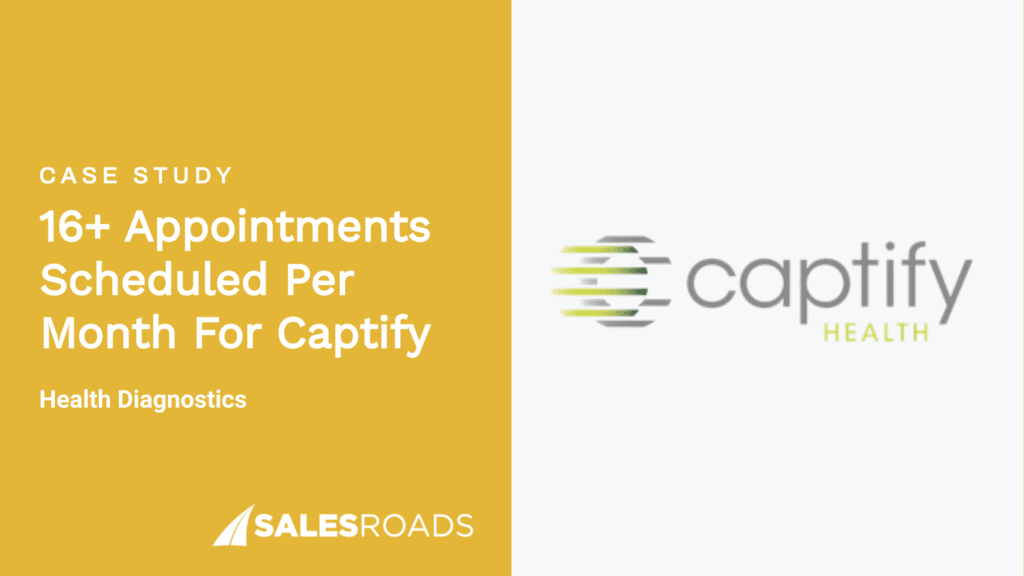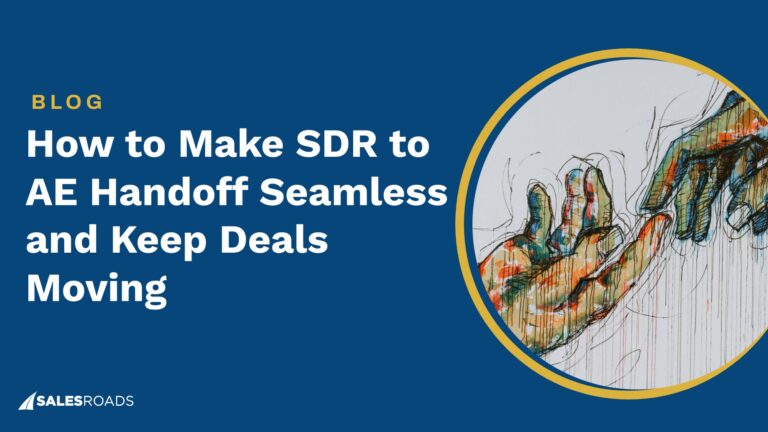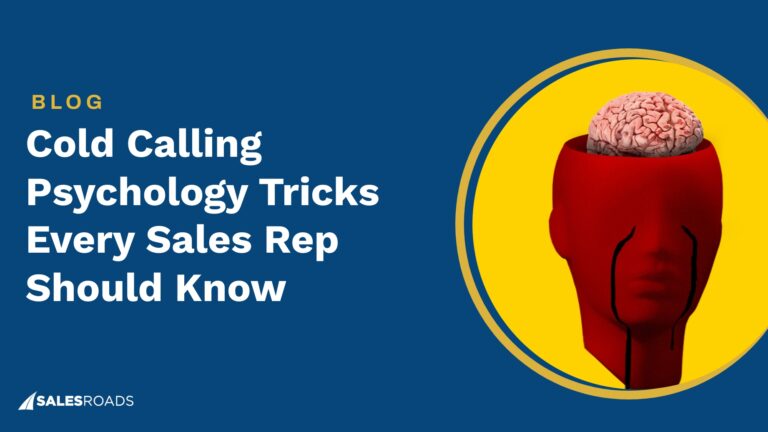Every B2B sales team faces the challenge of converting leads into paying customers, but what happens when your sales funnel isn’t as watertight as it should be?
If you’re losing qualified leads along the way, it’s not just bad luck; it’s likely a leaky sales funnel. From the first touchpoint to closing the deal, leaks can happen at any stage, leaving valuable opportunities slipping through the cracks.
What a “Leaky Sales Funnel” Means
A leaky sales funnel is exactly what it sounds like—leads are slipping through the cracks instead of moving smoothly from one stage of your funnel to the next. You’re generating interest, maybe even getting meetings, but deals stall or disappear before closing.
In B2B sales, this is a serious problem. It means your team is working hard but losing revenue along the way. You might see strong top-of-funnel activity, but the conversion rates don’t add up.
That’s a red flag for sales funnel leakage.
Leaks can happen at any stage. Maybe leads go cold after the first call. Maybe decision-makers ghost after receiving your proposal. Or maybe deals hang in limbo because the handoff from marketing to sales isn’t tight.
All of these are signs of a leaky funnel and they cost you time, budget, and trust.
Fixing these leaks starts with understanding where and why leads drop off. Once you pinpoint the gaps, you can take focused action to tighten your funnel, improve follow-up, and move more deals across the finish line.
Common Causes of Funnel Leaks
A leaky sales funnel doesn’t happen by accident. It’s usually the result of small gaps or inefficiencies that add up over time. If you’re seeing strong activity at the top but struggling to close deals, it’s time to examine your process for sales funnel leakage.
Let’s break down some of the most common causes of a leaky funnel.
Poor Lead Qualification
One of the biggest contributors to a leaky sales funnel is sending the wrong leads into the pipeline. If your reps are spending time on prospects who aren’t a good fit—or who aren’t ready to buy—you’ll see drop-off early in the process.
This often happens when qualification criteria aren’t clearly defined. Or worse, when there’s pressure to fill the pipeline with volume instead of quality.
Tightening up your lead qualification process helps ensure every opportunity in the funnel has real potential. It reduces wasted effort and keeps your reps focused on deals that can actually close.
Weak Follow-Up and Nurturing
Not every lead is ready to buy right away. But if you don’t have a consistent follow-up strategy, those leads can go cold and fall out of your funnel.
Sales funnel leakage often stems from weak or inconsistent nurturing. Maybe there’s a long delay between meetings. Maybe your reps don’t have a structured sequence to stay top of mind.
A strong follow-up system—emails, check-ins, personalized content—can help you keep leads engaged and moving forward. It also shows buyers you’re serious about earning their business.
Misalignment Between Sales and Marketing
When sales and marketing aren’t on the same page, the result is usually a leaky funnel.
Marketing might be generating leads that don’t meet sales criteria. Sales might not be following up in the right way. Or both teams might be using different messaging, which confuses prospects.
Alignment means agreeing on what a qualified lead looks like, sharing insights, and having a feedback loop in place. When marketing and sales work as one team, sales funnel leakage decreases, and conversion rates go up.
Lack of Clear Next Steps in the Sales Process
Buyers get stuck when they don’t know what happens next.
If your reps aren’t clearly outlining the next step at every stage, leads can lose momentum and drift away. This is one of the easiest ways for a leaky sales funnel to form—and one of the easiest to fix.
Whether it’s scheduling the next meeting, outlining the approval process, or sending a proposal timeline, always make the path forward crystal clear. When the next step is obvious, more deals move to the finish line.
Relying on Outdated or Incomplete CRM Data
Your CRM is only as good as the data inside it. If reps are working with incomplete contact info, missing notes, or outdated stages, you’re flying blind—and your funnel suffers.
This kind of data chaos leads to missed follow-ups, duplicate outreach, and poor visibility. It’s a silent killer of deals and a major driver of sales funnel leakage.
Regular CRM hygiene, clear data entry standards, and automated workflows can help prevent this. With better data, your team can take smarter action and plug leaks before they widen.
How to Diagnose Funnel Problems
Before you can fix a leaky sales funnel, you need to know where it’s leaking—and why. Diagnosing funnel issues is about more than gut feelings. It requires tracking the right data, using the right tools, and being honest about what’s not working.
Here’s how you can uncover the real causes of sales funnel leakage:
Key Metrics and Warning Signs
Your sales funnel leaves clues. If you’re not watching key metrics closely, you might miss early signs of a leaky funnel.
Start with your conversion rates. Look at the drop-off between each stage. Are a lot of leads booking discovery calls but not advancing to proposals? Are demos not turning into contract discussions? Any sharp dip could be a sign of sales funnel leakage.
Other warning signs include:
- High volume of leads but low close rate
- Long sales cycles with no clear movement
- Leads sitting untouched in the CRM
- Reps are spending too much time on unqualified prospects
These red flags don’t just mean fewer deals—they signal breakdowns in your process that need fixing fast.
Tools to Help Identify Leaks
You don’t have to guess where your funnel is leaking. There are tools that make the picture much clearer.
CRM platforms like HubSpot, Salesforce, and Pipedrive offer pipeline reports that show where deals stall. You can spot bottlenecks and track how long leads spend at each stage.
Sales engagement tools like Outreach or Salesloft reveal how prospects respond to your touchpoints. Low open or reply rates might point to weak messaging or poor targeting, common culprits behind a leaky sales funnel.
You can also layer in analytics platforms like Google Analytics or attribution tools to understand how top-of-funnel traffic converts into pipeline. If leads enter but don’t engage, your messaging or targeting might be off.
Using the right tools gives you the visibility to fix problems fast. With better insight, you can patch leaks before they drain your revenue.
Troubleshooting Tips for Each Stage of the Funnel
Fixing a leaky sales funnel requires more than just patching one hole.
You need to analyze each stage of the funnel to see where leads are slipping through the cracks. Whether you’re struggling to attract the right audience, keep them engaged, or close the deal, each stage can contribute to sales funnel leakage.
Here’s how to troubleshoot and optimize at every level of the funnel:
Top of Funnel (TOFU) – Attract Stage
The top of the funnel is where leads first discover your business. If you’re seeing low traffic or poor-quality leads, your leaky funnel likely starts here.
Common issues:
- Targeting the wrong audience
- Weak messaging in ads or outbound outreach
- Low website conversion rates
- Generic lead magnets that don’t speak to buyer pain points
Fix it by:
- Refining your ICP and targeting
- Crafting messaging that speaks to specific challenges your audience faces
- A/B testing landing pages and CTAs
- Using SEO and content marketing to attract higher-intent traffic
When you attract better-fit leads, the rest of the funnel becomes easier to manage, and you reduce the risk of early-stage sales funnel leakage.
Middle of Funnel (MOFU) – Engage Stage
This is where you build trust. If leads go silent after initial contact or never move beyond a demo, your leaky sales funnel may be losing people in the middle.
Common issues:
- Generic or templated follow-ups
- Unclear value proposition
- Long delays between touchpoints
- No real personalization in outreach or nurturing
Fix it by:
- Creating tailored email sequences based on persona and use case
- Sharing relevant content (case studies, testimonials, ROI calculators)
- Setting clear next steps after every conversation
- Tracking engagement to see who’s warm and who needs more attention
Strong engagement in the middle keeps leads moving forward and helps plug this common area of sales funnel leakage.
Bottom of Funnel (BOFU) – Convert Stage
This is where deals are won—or lost. If you’re losing high-quality leads late in the process, your leaky funnel is hurting revenue.
Common issues:
- Unclear pricing or value justification
- Stakeholders not fully bought in
- Lack of urgency or next steps
- Legal, procurement, or security hurdles
Fix it by:
- Equipping reps with tools to build business cases
- Involving decision-makers earlier in the process
- Creating urgency with limited-time offers or ROI impact data
- Partnering closely with legal and security teams to streamline final steps
At this stage, even small leaks can lead to big revenue losses. Tightening your close process can turn more “maybe later” into “yes, let’s move forward.”
Funnel Diagnostic Checklist: Spot and Fix Sales Funnel Leakage
Use this checklist to audit your sales funnel and find out where leads are slipping through:
| Top of Funnel – Attract Stage Are you targeting the right audience based on updated ICPs? Is your messaging aligned with your buyer’s specific pain points? Do your ads, SEO content, or outbound efforts drive qualified traffic? Are your landing pages converting visitors into leads effectively? Are you tracking bounce rates and conversion rates by channel? | Leak Warning: Low-quality leads or high bounce rates may signal sales funnel leakage here. |
| Middle of Funnel – Engage Stage Are leads receiving personalized follow-ups within 24–48 hours of initial engagement? Are you using lead scoring or segmentation to prioritize outreach? Is marketing providing relevant nurturing content to educate buyers? Are you setting clear next steps after every sales interaction? Do reps know why leads are stalling or ghosting? | Leak Warning: Ghosted prospects, cold deals, or slow lead movement point to a leaky funnel in this stage. |
| Bottom of Funnel – Convert Stage Are you involving all decision-makers early in the process? Are pricing, terms, and ROI clearly communicated to the buyer? Are your reps equipped with tools to handle objections and build urgency? Do you track close rates and identify why deals are lost? Is legal, procurement, or security approval slowing down deals? | Leak Warning: Losing hot leads at the finish line? That’s a critical area of sales funnel leakage to address. |
Bottom Line
A leaky sales funnel doesn’t just cost you leads; it costs you revenue. Identifying and fixing sales funnel leakage at every stage is essential for growing your business, whether it’s poor lead qualification, weak follow-ups, or stalled deals.
By taking a close look at each phase of your funnel, understanding where leaks occur, and making data-driven adjustments, you can significantly improve conversion rates and close more deals.











